Gutter Systems: The Unsung Heroes of Home Protection
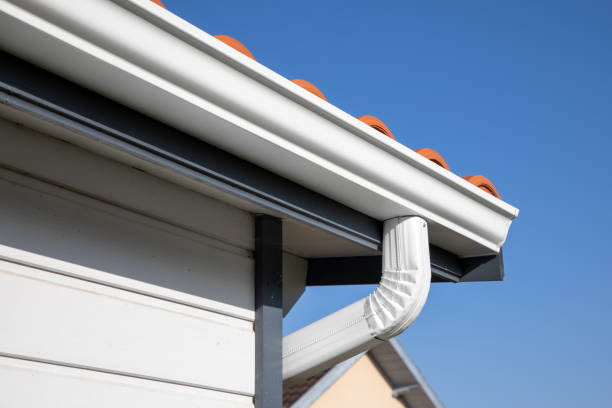
Why Your Home Absolutely Needs Quality Gutters
Without gutters, that water cascade has some destructive plans for your home:
Foundation damage from water pooling around your home's perimeter
Basement leaks and flooding
Eroded landscaping and ruined garden beds
Siding damage and premature deterioration
Rotted fascia boards and roof edge damage
Stained and damaged exterior walls
Cracked driveways and sidewalks from settling
A quality gutter system redirects this water safely away from your home, protecting your largest investment and preventing these costly issues. It’s not just about avoiding puddles; it’s about preserving your home’s structural integrity.
Gutter System Basics: What You Need to Know
The Main Players in Your Gutter System
Gutters
The horizontal channels attached to the edge of your roof that collect rainwater
Downspouts
Vertical pipes that carry water from the gutters to the ground
End caps
Seal the ends of gutter sections to prevent leakage
Fascia brackets
Support gutters and attach them to the house
Elbows/bends
Direct water around corners and toward downspouts
Splash blocks or extensions
Direct water away from the foundation
Each component plays a crucial role in the proper functioning of your gutter system.
Skimp on any part, and you compromise the whole system.
Gutter Sizing Matters
Not all gutters are created equal, and size really does matter here. Standard residential gutters come in 5-inch and 6-inch widths, with corresponding downspout sizes.
The right size depends on your roof area and local rainfall intensity:
5-inch gutters work for most average-sized homes in moderate rainfall areas
6-inch gutters are better for larger roofs or regions with heavy rainfall
Oversized 7-inch or 8-inch gutters might be needed for very large roofs or extreme weather regions
In Champaign County, we typically recommend 5-inch gutters for most homes, but upgrade to 6-inch for larger properties or homes with steep roofs that accelerate water flow.
Getting this wrong means overflowing gutters during heavy rains, exactly when you need them most.
Materials Matter: Choosing The Right Gutters
Gutter materials affect everything from appearance to durability to cost. Let’s break down your options:
Aluminum Gutters
Pros:
- Lightweight and easy to install
- Won't rust or corrode
- Available in seamless versions (more on that in a minute)
- Wide color selection to match any home
- Moderate cost
Cons:
- Can dent from impact (ladder, falling branches)
- May sag over time if not properly bracketed
- Thinner versions (025 gauge) can be flimsy
Aluminum represents about 80% of our gutter installations, and for good reason, it offers the best balance of performance, longevity, and cost.
Materials Matter: Choosing The Right Gutters
Gutter materials affect everything from appearance to durability to cost. Let’s break down your options:
Aluminum Gutters
Pros:
- Lightweight and easy to install
- Won't rust or corrode
- Available in seamless versions (more on that in a minute)
- Wide color selection to match any home
- Moderate cost
Cons:
- Can dent from impact (ladder, falling branches)
- May sag over time if not properly bracketed
- Thinner versions (025 gauge) can be flimsy
Aluminum represents about 80% of our gutter installations, and for good reason, it offers the best balance of performance, longevity, and cost.
Steel Gutters
Pros:
- Extremely durable and impact-resistant
- Holds up well to heavy snow and ice loads
- Strong enough to support ladders without bending
- Premium appearance
Cons:
- Heavier and more difficult to install
- More expensive than aluminum
- Galvanized versions will eventually rust (15-20 years)
- Limited color options without painting
Steel gutters make sense in areas with extreme weather or where extra durability is needed.
Copper Gutters
Pros:
- Exceptional durability (50+ year lifespan)
- Develops a beautiful patina over time
- Adds distinctive architectural character
- Never needs painting
- Naturally antimicrobial (prevents algae growth)
Cons:
- Premium price
- Requires professional installation
- May be targeted by thieves in some areas
- Limited availability of experienced installers
Copper gutters are typically reserved for historic homes, high-end properties, or accent areas where their distinctive appearance justifies the cost.
Seamless vs. Sectional Gutters: A Critical Difference
Perhaps the most important choice isn’t material but construction method:
Sectional Gutters
These come in pre-cut sections (typically 10′ lengths) that are joined together during installation.
Pros:
- Lower initial cost
- DIY-friendly
- Easier to replace damaged sections
Cons:
- More seams = more potential leak points
- Visible seams affect appearance
- Higher long-term maintenance needs
- Shorter overall lifespan
Seamless Gutters
Pros:
- No seams except at corners and downspouts
- Significantly fewer potential leak points
- Cleaner, more professional appearance
- Longer lifespan with fewer maintenance issues
- Custom-fit to your home's exact dimensions
Cons:
- Higher initial cost
- Requires professional installation with specialized equipment
- Harder to replace small damaged sections
Gutter Guards: Worth the Investment?
Types of Gutter Protection
Screens and meshes
Simple covers that block larger debris while allowing water through
Reverse curve systems
Use water surface tension to direct water into the gutter while debris falls off
Foam inserts
Block debris while allowing water to permeate through
Brush-style inserts
Allow water through while catching leaves and debris on bristles
Micro-mesh systems
Fine meshes that block even small debris while allowing water flow
Each system has its strengths and limitations. The best choice depends on:
Your surrounding tree types (pine needles need finer mesh than oak leaves)
Your maintenance preferences
Your budget constraints
Your roof configuration
While no system is truly 100% maintenance-free (I know, the commercials claim otherwise), a quality gutter guard can dramatically reduce cleaning frequency and extend gutter life.
Signs Your Gutters Need Attention
Water overflowing during rain
Sagging sections or pulled-away brackets
Visible separation between gutter and fascia
Watermarks or stains on siding
Pooling water or eroded soil at the foundation
Water in the basement following rain
Rusted or cracked sections
Plants growing in the gutter (yes, it happens!)
Professional Installation Makes a Difference
Correct pitch
Gutters must slope toward downspouts (typically ¼" per 10' of run) for proper drainage
Proper bracket spacing
Too few hangers leads to sagging; our standard is one hanger every 24-30"
Secure fascia attachment
Gutters must attach to solid fascia, not rotted wood
Strategic downspout placement
Positioning downspouts for maximum drainage and minimal visibility
Proper end cap and corner sealing
These are common leak points if not sealed correctly
Integration with existing roofing
The gutter must be properly positioned relative to the roof edge
Gutter Maintenance: Keeping the System Working
Cleaning Schedule
Can be placed anywhere on your property
Create a destination point in the landscape
Often used over seating areas or outdoor dining spaces
Basic Maintenance Checklist
Remove leaves, twigs, and debris from gutters
Tighten any loose brackets or fasteners
Clear and test downspouts for clogs
Inspect for damage, rust, or separation
Look for signs of fascia damage behind the gutter
Check for proper water flow and drainage
Ensure downspout extensions direct water properly
Regular maintenance prevents emergency repairs and extends system life. It’s not fun work, but it’s essential preventive care for your home.
The Roof Panther Approach to Gutters

We assess your entire roof drainage system, not just the gutters themselves
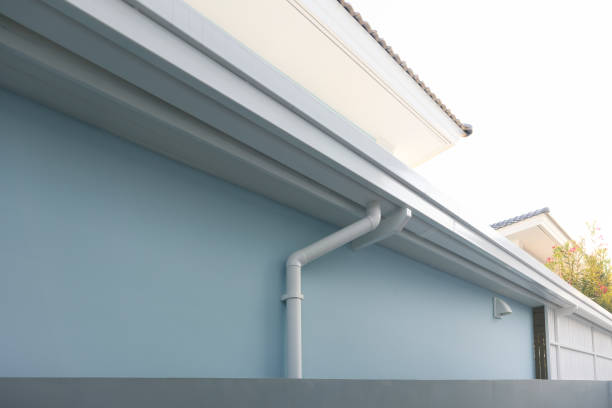
We recommend appropriate gutter sizes based on your roof area and local rainfall patterns
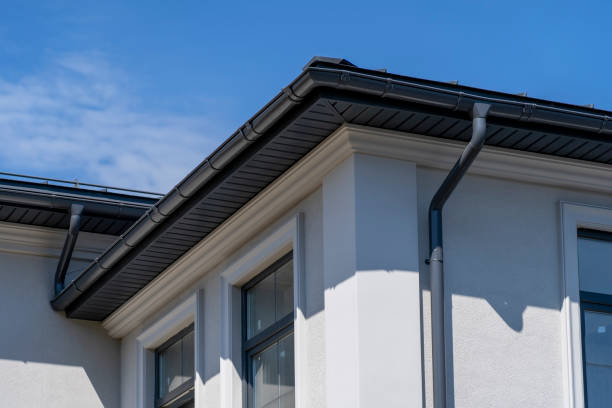
We address any fascia or roof edge issues before installation to ensure a solid mounting surface
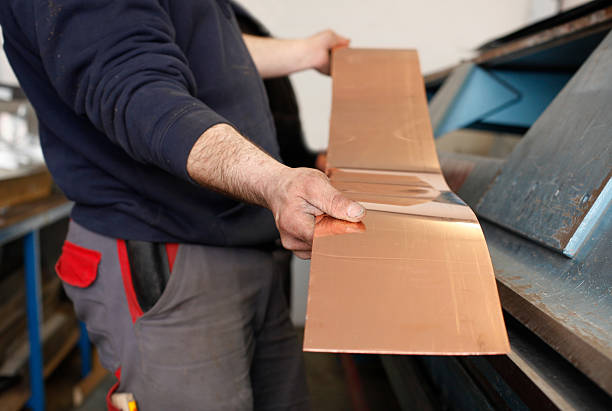
We custom-fabricate seamless gutters on-site to your home's exact measurements
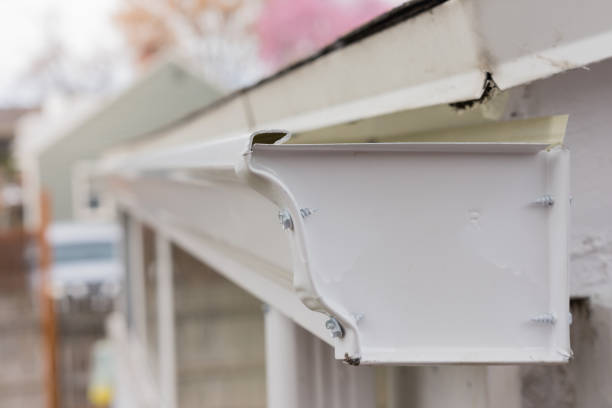
We use heavy-duty hidden hangers spaced properly to prevent sagging
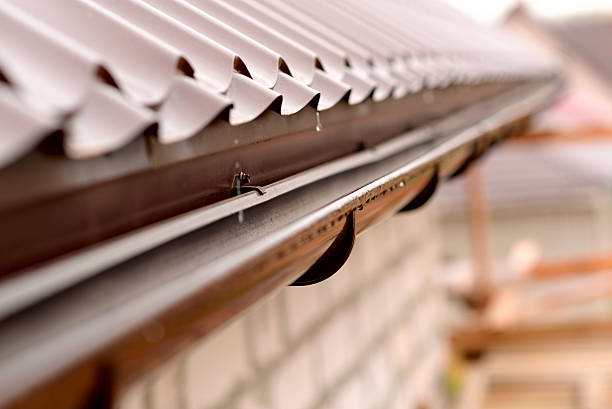
We ensure proper pitch for optimal drainage

We seal all corners and end caps to prevent leaks
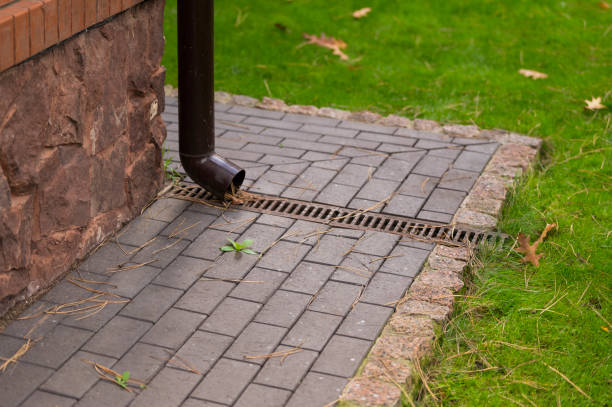
We position downspouts strategically for effective drainage and minimal visibility
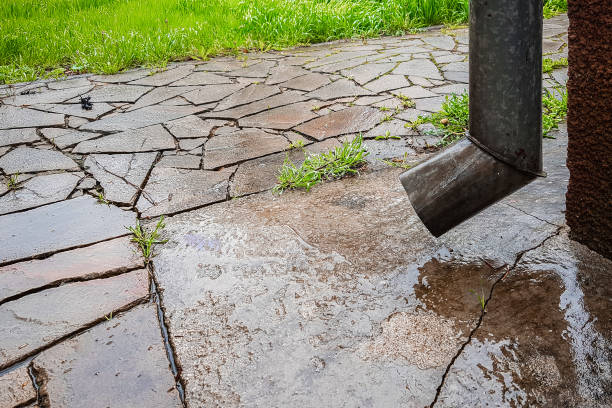
We install concrete splash blocks or underground drainage where appropriate
Ready for Proper Protection?
Contact Us! (Please provide your contact information below.)
We Look Forward To Working With You!
Roof Panther
903 N High Cross Rd. Urbana, IL 61802
By Appointment Only
Phone
(217) 530-8570
roofpanther@gmail.com

